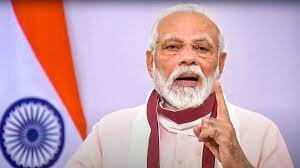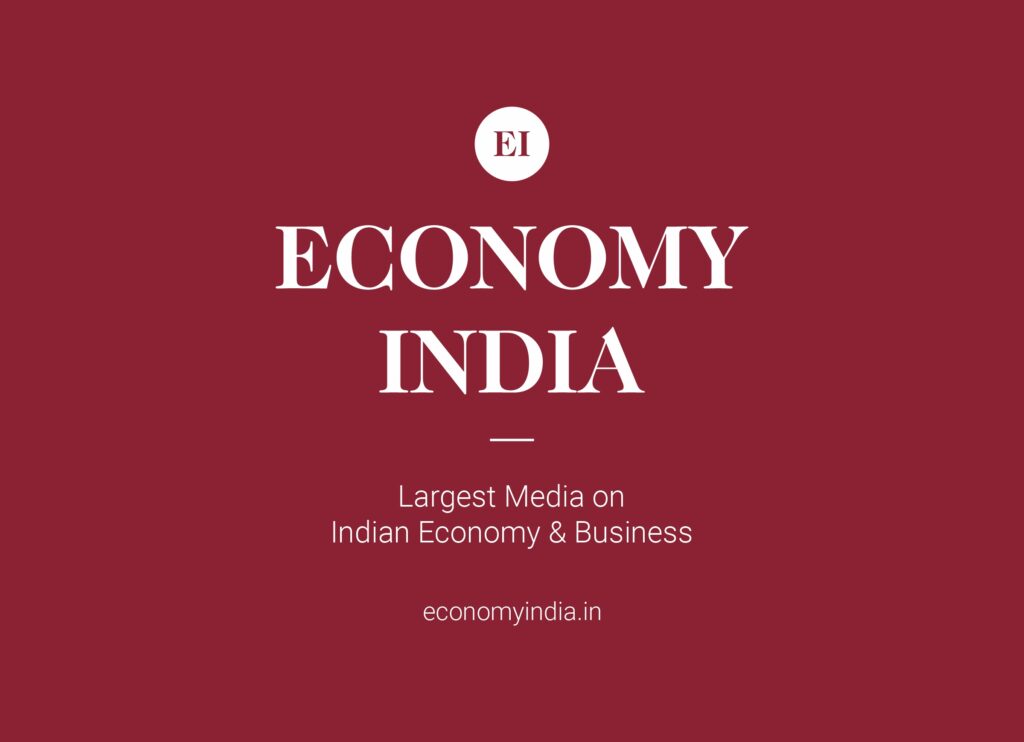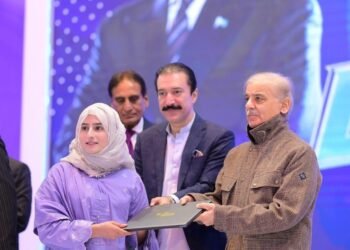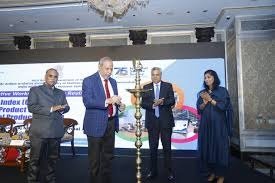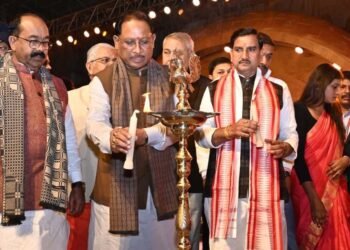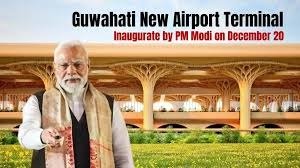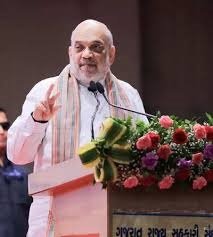After surveying flood-hit areas in Punjab and Himachal Pradesh, Prime Minister Narendra Modi announced a ₹3,100 crore relief package, assuring full central support, compensation for victims, and a long-term rehabilitation plan.
New Delhi / Punjab / Himachal Pradesh ( Economy India): Prime Minister Narendra Modi on Tuesday conducted a detailed aerial survey of flood-affected regions in Punjab and Himachal Pradesh, meeting survivors, farmers, and disaster response teams. Following his two-state visit, the Prime Minister announced a combined relief package worth ₹3,100 crore, comprising ₹1,600 crore for Punjab and ₹1,500 crore for Himachal Pradesh, to aid immediate rehabilitation and reconstruction efforts.
The announcement comes in the wake of devastating monsoon floods that displaced thousands, caused severe agricultural losses, and damaged critical infrastructure across North India.
Survey in Himachal Pradesh: Ground Realities and Central Assurance
PM Modi’s first stop was Himachal Pradesh, where the floods have wreaked havoc in Kullu, Mandi, and Chamba districts. The Prime Minister conducted an aerial survey of these areas, witnessing the scale of destruction caused by heavy rains, flash floods, and cloudbursts.
In Kangra, he chaired a review meeting with state officials. Chief Minister Sukhvinder Singh Sukhu presented a detailed assessment, highlighting extensive damage to roads, bridges, and agricultural land. Officials underscored the need for urgent central assistance to support rehabilitation and infrastructure rebuilding.
Addressing the meeting, the Prime Minister announced a ₹1,500 crore package for Himachal Pradesh. He also assured ₹2 lakh ex-gratia for the kin of deceased victims and ₹50,000 for those injured.
PM Modi stated, “The Centre stands shoulder-to-shoulder with the people of Himachal Pradesh. Our focus is not just on immediate relief but also on ensuring stronger, more resilient infrastructure to withstand such natural disasters in the future.”
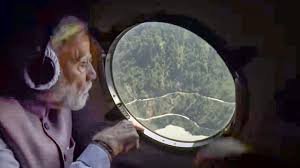
A Human Touch: PM Modi Meets Flood Survivors
One of the most emotional moments of the Himachal visit was PM Modi’s interaction with survivors from Mandi, Kullu, and Chamba districts. He met 18 flood-affected individuals, listening to their personal accounts of loss and resilience.
Among them was 1-year-old Nitika, who lost her parents and grandmother in a devastating flood caused by a cloudburst in Mandi on June 30. The Prime Minister, moved by her story, gave her a toffee and lifted her in his arms. The gesture reflected empathy and compassion, underlining the human dimension of his visit.
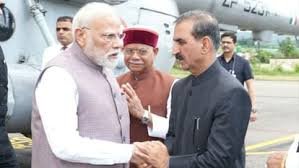
Punjab Survey: Focus on Farmers and Rural Rehabilitation
After Himachal, PM Modi travelled to Punjab, where large tracts of farmland in Gurdaspur, Amritsar, and Kapurthala were submerged. The Prime Minister conducted an aerial survey and later interacted with farmers, NDRF and SDRF personnel, and local administrators in Gurdaspur.
He announced a ₹1,600 crore relief package for Punjab, aimed at supporting farmers whose crops have been severely damaged and restoring rural infrastructure.
“Punjab is the heart of India’s agriculture. The floods have deeply impacted farmers, but the Centre is committed to ensuring they get back on their feet. Relief and rehabilitation measures will be fast-tracked,” PM Modi emphasized.
Recognition of Rescue Teams
The Prime Minister also praised the relentless work of National Disaster Response Force (NDRF) and State Disaster Response Force (SDRF) teams. He interacted with officials in Dharamshala and Gurdaspur, thanking them for their service.
He highlighted the importance of continuous training, deployment of modern technology, and investment in early-warning systems to minimize the loss of life and property in future disasters.
Background: Central Ministers’ Visits
PM Modi’s visit followed earlier assessments by Union ministers. On September 5, Agriculture Minister Shivraj Singh Chouhan visited Amritsar, Gurdaspur, and Kapurthala to meet flood victims and review damage. His report paved the way for the Prime Minister’s detailed tour and financial announcements.
Financial and Political Significance
The ₹3,100 crore package is among the largest immediate relief commitments in recent years for natural disasters in North India. Beyond the financial aid, the Prime Minister’s personal presence is seen as a strong message of solidarity.
For Punjab, the announcement underscores the Centre’s recognition of agricultural distress and the need to stabilize rural economies. For Himachal Pradesh, it highlights the urgency of rebuilding disaster-prone infrastructure such as roads, bridges, and hillside habitations.
Analysts suggest that while the relief package provides short-term respite, long-term planning is essential to counter the increasing frequency of climate-driven calamities in hilly and agrarian regions.
Voices from the Ground
Flood victims in both states welcomed the Prime Minister’s visit. Farmers in Punjab expressed cautious optimism, noting that timely compensation would help them re-sow fields and recover from crop losses. Survivors in Himachal highlighted the need for safe housing and faster rebuilding of connectivity in remote areas.
Local officials emphasized that immediate funds will be directed towards:
- Repairing damaged roads and bridges.
- Providing compensation to affected families.
- Supporting agricultural recovery.
- Strengthening flood defense systems.
Key Announcements at a Glance
- Total Relief Package: ₹3,100 crore.
- Punjab: ₹1,600 crore.
- Himachal Pradesh: ₹1,500 crore.
- Ex-gratia support: ₹2 lakh for families of deceased, ₹50,000 for injured.
- Direct interaction: With farmers, NDRF/SDRF teams, and survivors in both states.
- Infrastructure priority: Roads, bridges, and agricultural land restoration.
- Long-term focus: Climate-resilient infrastructure and disaster preparedness.
A Call for Resilient Development
The floods in Punjab and Himachal Pradesh have once again underscored the vulnerability of India’s agrarian and hilly states to extreme weather events. While the ₹3,100 crore relief package provides a lifeline, experts stress the need for integrated climate adaptation strategies, improved early-warning systems, and sustainable infrastructure investments.
As PM Modi concluded his two-state survey, his message was clear: “The government will not rest until every affected family receives support. Relief is the first step; resilience is our long-term goal.”
The challenge now lies in translating financial aid into effective, transparent, and timely rehabilitation for millions affected.
(Economy India)


